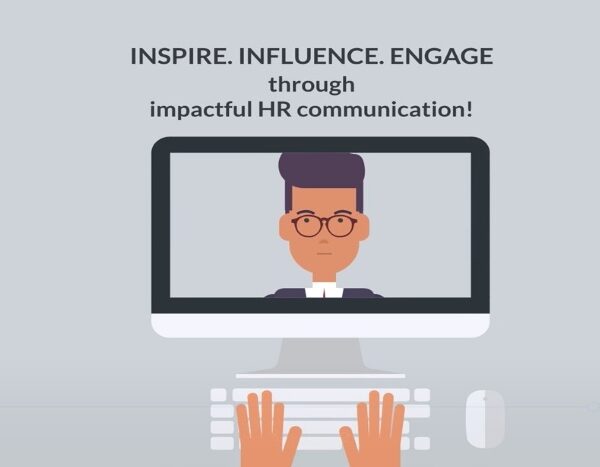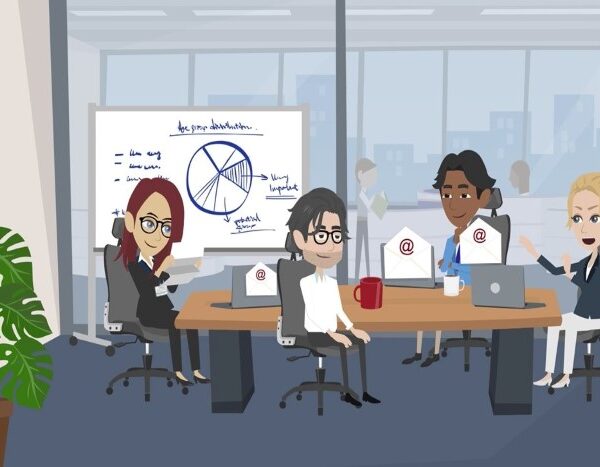As we enter the last quarter of 2020, the hybrid work week/remote work seem to be here for the long haul. Microsoft is the latest to join the league of global companies who have announced that remote work is here to stay, giving employees option to adopt remote work permanently.
The remote work environment continues to impact employees in different ways ranging from lesser access to resources and information platforms, longer work hours, blurring of the personal/professional divide, reduced access to managerial support and communication, isolation and distractions, and not to be forgotten, the unstructured social interactions of daily office life like cappuccino conversations. These are significant parts of our work life and would have a direct impact on performance, the nature of the customer experience and most importantly on workplace culture and employee engagement. Organisations are undoubtedly facing challenges engaging a dispersed workforce under a common vision and to keep everyone connected.
The only way forward is #together.
Organisational culture has always been a common ground binding together a workforce and inspiring a community spirit, while enabling the right of individuals to thrive in their chosen career paths. In fact, culture is brought to life by shared experiences that foster a sense of belonging: however, with limited interactions across the current remote workplace, it faces a new challenge in bringing colleagues together. If left unattended, we would be faced with a plethora of individual beliefs, intents and acts that may not converge under a common purpose or a unified organisational vision.
What can we do as internal communicators to address the challenges?
Internal communication specialists across the globe are undoubtedly revisiting their communication plan and strategy to address the requirements of a transformed workplace. This is an opportunity to take a deep dive and re-articulate the employee experience.
Though we have migrated our activities to virtual platforms like team meets, virtual townhalls and recognition events, this last quarter is an opportunity to energise our internal communication strategy to address the evolving requirements of the workplace.
Traditional internal communications have been looked upon often as being dry and uninspiring: policy roll outs, organisational changes, HSE issues, regulatory messages. And in the current scenario, while trying to engage, inspire, and empower remote colleagues, it is even more critical that we get creative with our messaging, establish new channels of communication with fixed schedule to grab attention and interest, and most importantly keep the information flowing.
1. Information accessibility and transparency
Reach out to IC counterparts or touch points across diverse departments to understand communication challenges and concerns, and be the bridge to providing clear and transparent communication. We have seen always that when there is a chasm in the communication flow, gossips and untrue presumptions rush to fill that space. Be upfront and let your employees know what to expect. Anticipate their knowledge needs in a changed scenario and work with functional heads and IT teams to provide access to information that will empower employees to deliver on their responsibilities.
2. #AskAway
Set up bottom up communication channels on the intranet like #AskThursdays where employees can submit queries anonymously, raise issues, provide feedback or share ideas. The IC team can log in to the mailbox and route the question to specific department touchpoints to address the query which can then be published every Thursday on the intranet.
3. Make managers your IC warriors
Reach out to managers and empower them to cascade information through their team meetings, which can help to infuse some vibrancy into internal communications. These internal communication warriors can help to create diversity and variation, and being close to the target audience they can also feedback into you any changes that may be required. This collaborative approach also helps in increasing engagement within teams, and greater accountability for action items.
To address the lack of direct managerial supervision during remote work phase, managers can be encouraged to schedule 15-minute individual meetings with each team member on a monthly or bi-monthly basis, in addition to bigger team meetings with the round robin approach. This ensures that individual concerns are heard and team members also feel valued, visible and listened to.
4. Short, punchy, conversational videos
Though it is not practical to use videos for a majority of internal messages with quick turn arounds, you can develop editable video templates keeping in mind the general message and campaign categories of the quarter. When required, these templates can be populated with crisp, catchy content to garner attention in a shorter span of time. Related, more detailed information can be published at a dedicated corner of your intranet just as you would hyperlink an important EDM.
5. The visual story
To ensure your communications stick out, make an impact and is memorable, employ strong, striking visuals. Just like infographics helps to make a deeper impression, images which are processed almost 60,000 times faster than text helps to deliver a faster cognitive impact.
When done creatively, visuals help to forge a bond with the reader that normal text can only hope for. Whether it’s a year-end report or announcing a new deal or an update on people movements across the business, creating visuals should be an important part of every organisation’s communication department.
Again, if it is a one or two-member communication team, one of the challenges would be the time and resources for developing appropriate visuals. By reaching out to departments heads for an anticipated list of communication topics and campaigns, you can draw up a calendar of important messages. Following this, you can engage with an agency or a colleague with a passion for creative design to shortlist visuals for each category. This may appear generic, but can help to control a bit of the haphazardness that communicators are faced with in their daily jobs.
6. Virtual coffee breaks, anyone?
It is also worth considering to create new rituals like virtual coffee breaks to continue to feel connected. You can keep them a bit structured to ensure they serve their purpose, boost spirits and help employee to return to work with more focus. Online request forms, interesting discussion topics and 3-7 participants, mobiles off are some of the suggestions to keep these chats from being a frustrating time drain.
You may also introduce a system wherein colleagues are randomly paired up for coffee breaks making it interesting and a chance to break silos across internal departments.
Let’ get creative about our communications and make our messages stick for better employee engagement as the only way forward is #together.
Need a hand with internal communications?
We help with internal communication strategy, content planning, content development for various internal channels like intranet, newsletters, C Suite communication, HR messages, employee communication and internal campaigns. Outsource your internal communications and save time, money and get access to professional talent in the field. For internal communication outsourcing, please reach out to:
Email: info@commsimpact.ae / WhatsApp: 052 530 8771





